My love affair with Florence began 22 years ago, before I’d ever set foot there. I was a journalism student at NYU, and in that pre-Instagram, pre-Facebook, early-internet era, the slides projected onto the screen during my Renaissance art class and the photos in my textbook were my first visual exposure to the storied city.
Those often grainy but still dramatic images, coupled with my professor’s vivid descriptions of architectural marvels and artistic masterpieces such as Brunelleschi’s massive dome atop the cathedral and Ghiberti’s gilded bronze “Gates of Paradise” on the baptistery, sparked a fascination with Firenze that intensified as I learned more about the people and stories behind them. Family rivalries, political turbulence, fiery egos, fierce competitions—Renaissance Florence was a cradle of drama and intrigue, not just art and culture, I discovered.
When I visited the city for the first time in 2000, I found the splendor, history, and contemporary reality—e.g., internet cafes in medieval palazzi—completely intoxicating. I realize I’m hardly the first person to have been seduced by Florence, but after a solo trip back in 2001, I was convinced I needed to move there. I returned that summer to take a three-week-long intensive Italian language class and stayed with a Florentine family. I continued with weekly Italian lessons after work when I went back to New York, and a year later I quit my job and relocated to Florence.
The fact that I didn’t really know anyone there when I moved turned out to be a blessing; I befriended locals and expats the old-fashioned way—in person, and often in a piazza. I tried to immerse myself in the Florentine lifestyle as much as possible, and started cooking much more than I ever had in the United States. I waitressed at an osteria and learned the essentials of cucina toscana by spending any downtime observing the chef at work in the kitchen.
Professional limitations ultimately forced me to make the difficult decision to move back to New York after about two years, but I’ve returned to Florence almost annually ever since. On my most recent trip there in May, I set out to explore places that I thought would be of interest to repeat visitors to Florence and to those who prefer to avoid the crowds of some of the most popular spots. I wouldn’t dissuade first-time visitors from crossing the Ponte Vecchio or gazing in wonder at Michelangelo’s David in the Galleria dell'Accademia, but Florence also offers plenty of lesser-known gems to behold and experience.
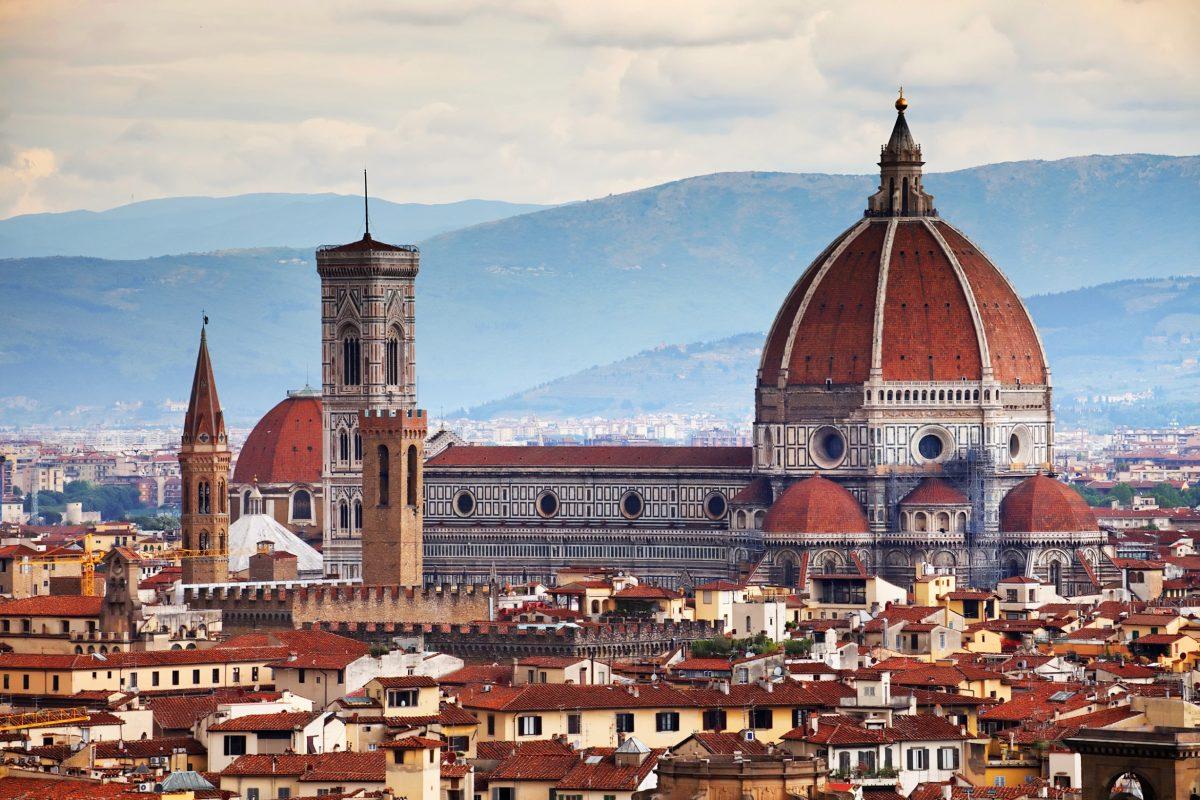
Beyond the Duomo
Just a few blocks north of Florence’s iconic cathedral, the Basilica of Santissima Annunziata is a stunning church that is often overlooked by tourists, which makes visiting it all the more pleasant. I walked in on a whim—no tickets are required—and nearly had the entire place to myself. The exterior belies the grandeur within, starting with frescoes by the great Florentine painters Andrea del Sarto, Jacopo da Pontormo, and Rosso Fiorentino in the atrium known as the Cloister of the Voti.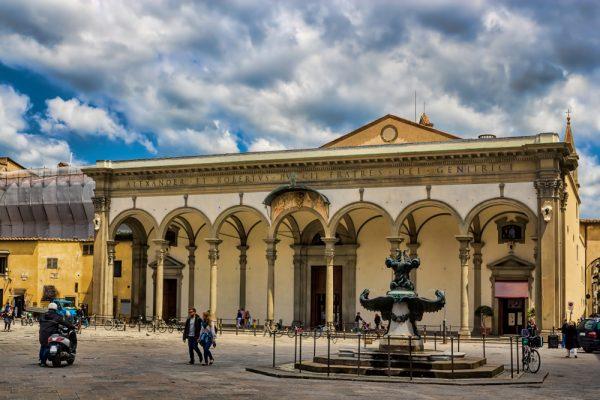
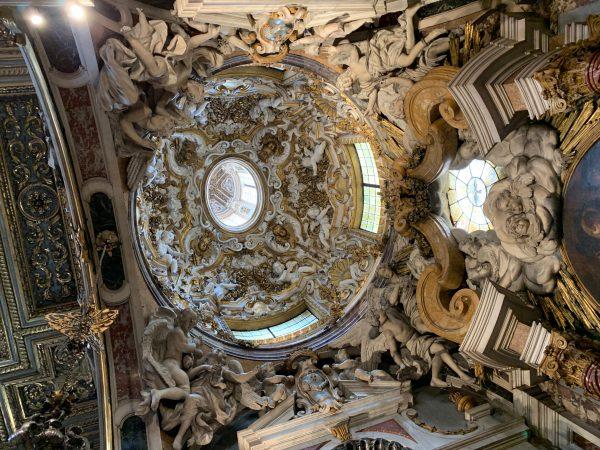
The breathtaking Baroque interior of the church features an ornately decorated golden ceiling and beautifully adorned chapels, the most famous of which is the Chapel of the Holy Annunciate, to the left just after you enter. According to legend, the fresco of the Annunciation preserved here was painted in 1252 by artist Friar Bartolomeo, save for the face of the Madonna, which was miraculously finished by an angel while he was asleep.
The piazza where the basilica is located is one of Florence’s prettiest squares, and here you’ll find another of Brunelleschi’s impressive architectural accomplishments: the Ospedale degli Innocenti (Foundling Hospital), which he designed in 1419 shortly before he took on the commission of the cathedral dome. The building was created to take in abandoned children and functioned as an orphanage for more than five centuries. I had passed by many times through the years and admired the elegant façade, but the inside wasn’t accessible to the public until a museum opened within the complex in 2016.
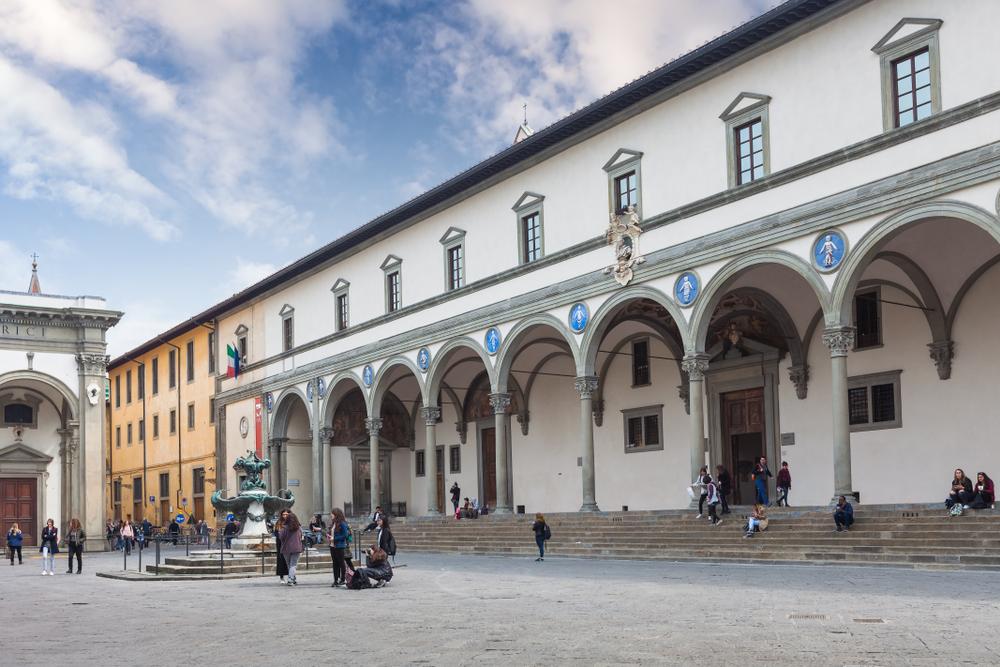
The Ospedale degli Innocenti was designed by Filippo Brunelleschi. (Anna Pakutina/Shutterstock)
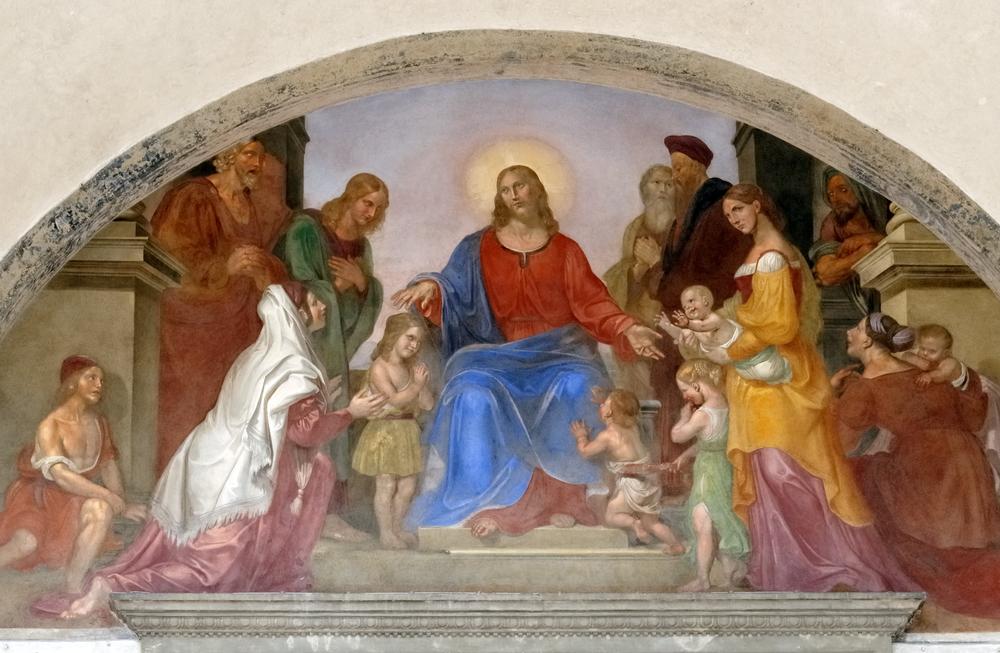
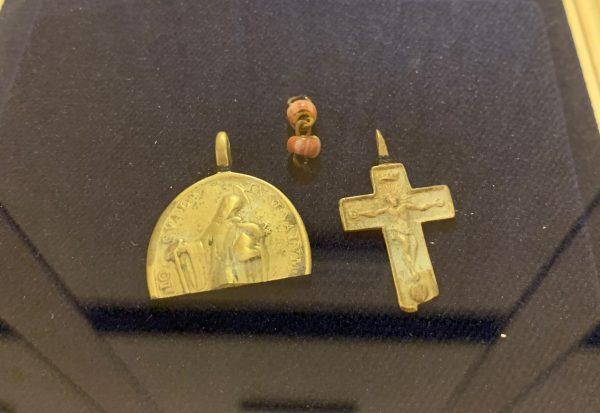
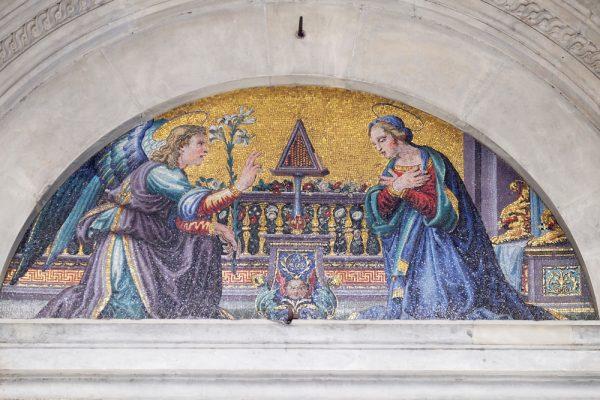
The Museo degli Innocenti documents the history of the orphanage through exhibits, artwork, archival material, and video interviews with adults who were residents there. Until 1875, newborns were passed through the iron bars of a grated window that allowed them to be left anonymously. I found the most moving place in the museum to be a room with 140 identifying objects that parents left with babies in the 19th century. Beads, fragments of religious medals and crucifixes, scraps of fabric, coins, and other items were intended to help parents recognize their children if they returned to reclaim them in the future.
The museum is also home to a peaceful terrace cafe, Verone, which you can access even if you decide to skip the museum itself. The space was used to dry the children’s clothes in the 15th century, and today offers a lovely view of the Florentine rooftops and hills, with Brunelleschi’s dome in the backdrop.
Across the Arno
One of my favorite areas in Florence is San Niccolò, situated within the district of Oltrarno, which translates to the “other side” of the Arno River. While this swath of the south bank isn’t exceedingly far from the city center (about a 10- to 15-minute walk), it gets a bit less foot traffic from tourists, and the streets between the river and Piazzale Michelangelo overlooking the city are a delight to wander through.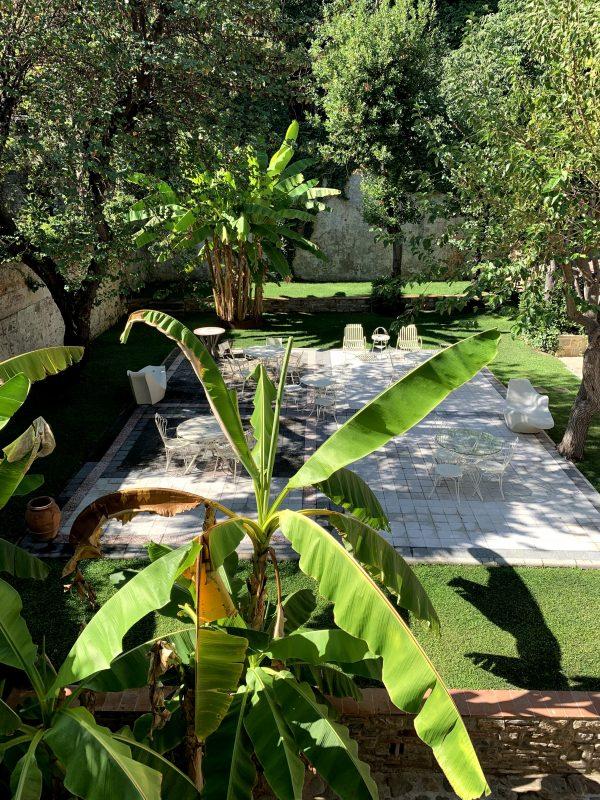
I stayed in the heart of this neighborhood for the first part of my most recent visit, in Palazzo San Niccolò, a charming restored property that opened as a boutique hotel in 2017. The oldest part of the structure was once a 13th-century monastery, and you can still see several original arches that were part of its cloister. Behind the building, the private garden is a tranquil oasis that made me feel as though I were staying at a friend’s villa in the Tuscan countryside. The rooms and apartments are available for short- and long-term bookings, and if you prefer a more independent setting in an area that has a true local flavor, Palazzo San Niccolò is a great choice.
Just to the right of the Palazzo’s main door on Via San Niccolò you can see one of Florence’s peculiar buchette del vino (“wine windows”), small openings on the outside walls of palazzi that facilitated the discreet purchase of wine directly from producers. Their origins likely go back to the 16th century, when aristocratic Florentine families began making wine on their lands to generate income. A customer would knock on the little door, insert a flask or glass along with a few coins, and receive the vessel filled with vino in return. Keep an eye out for the little niches, also known as wine tabernacles, throughout Florence; the Wine Windows Association has identified more than 150 of them around the city. Some have been walled in, painted over, or converted to intercoms or mailboxes, but others are quite well-preserved.
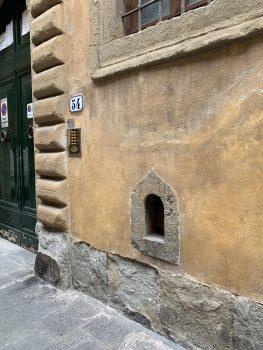
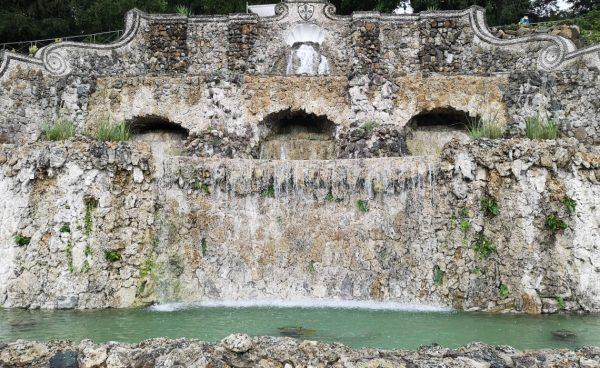
A Tuscan friend of mine suggested a walk through Le Rampe, a series of fountains, waterfalls, and grottos along the hill beneath Piazzale Michelangelo. Completed in 1876, the fountains and stonework had fallen into disrepair over the years, but after an extensive restoration, Le Rampe reopened in May. It’s a scenic stroll along this path overlooking the Arno, with the impressive Torre di San Niccolò directly below. Built in the 14th century, the defensive tower was one of the gates in the walls that once surrounded and protected the city, and the only one still standing at its original height.
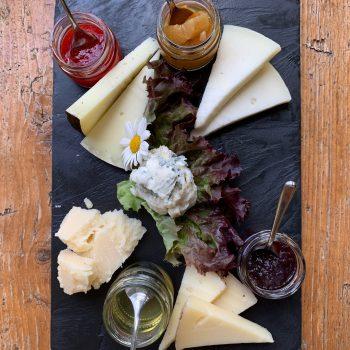

San Niccolò also boasts some excellent bars and restaurants. Have a morning cappuccino alongside Florentines at Il Rifrullo, or enjoy lunch at La Beppa Fioraia, where about 80 percent of the patrons are local. I recommend the restaurant’s top-notch taglieri, boards brimming with local cheeses, meats, and housemade marmellate, accompanied by coccoli, pillowy puffs of fried bread dough that are a popular Tuscan antipasto indulgence (the name translates to “cuddles”). There’s also a bucolic garden where diners can enjoy their meals in warm weather.
Aperitivo With a Vista
If you’ve avoided some of the more touristy spots during the day, there’s nothing like taking them in from afar with a cocktail in hand in the evening. From April through October, the terrace bar of the Grand Hotel Minerva in Piazza Santa Maria Novella is an ideal vantage point, with a gorgeous panoramic view of Florence. A rooftop pool (open in season to hotel guests until 7 p.m.) gives the outdoor space an almost resort-like atmosphere in the heart of the city.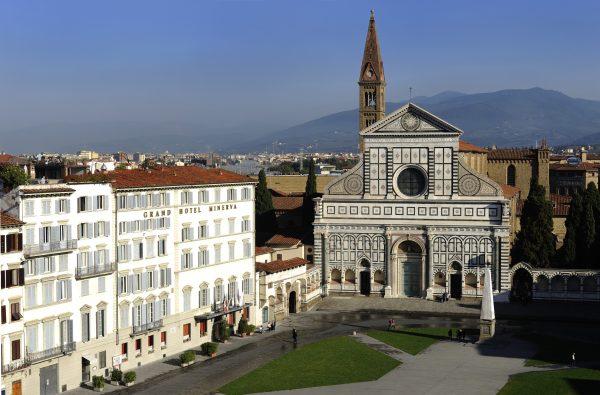
The luxurious Grand Hotel Minerva is where I spent the second part of my stay, and the excellent service, ample amenities, and elegant, recently renovated interior made for a truly exceptional experience. This year marks the hotel’s 150th anniversary, and for the rest of 2019, its piazza-side restaurant will offer a Degustazione 150 Anni tasting menu inspired by the traditional dishes of the late 1800s, when the hotel first opened.
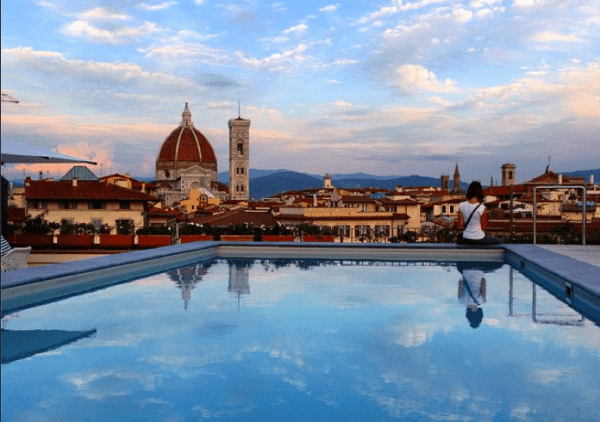
The Minerva is centrally located just steps from the main train station, so it is especially convenient for those who may wish to take excursions to other destinations. But I think there’s an abbondanza of options to fill your days and nights within Florence, whether it’s your first or your 15th visit.
Kristine Jannuzzi is a bilingual (English and Italian) freelance writer, content creator, and social media strategist. Currently based in New York City, she is a frequent contributor to Culture: The Word on Cheese. Her work also has been published in Italy Magazine, British Heritage Travel, Listen, and NYU Alumni Magazine, and on the websites Italia Living and Snooth, among others.

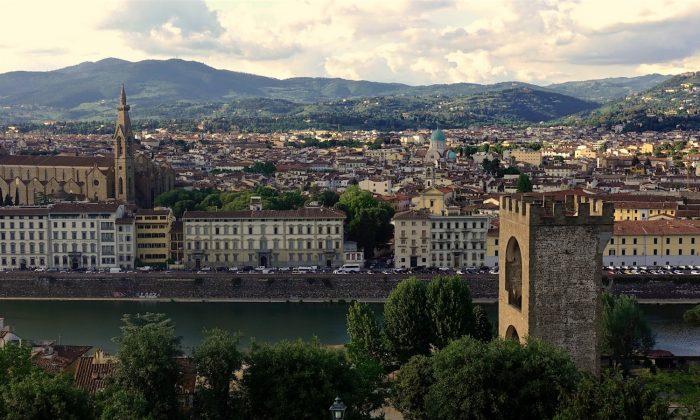


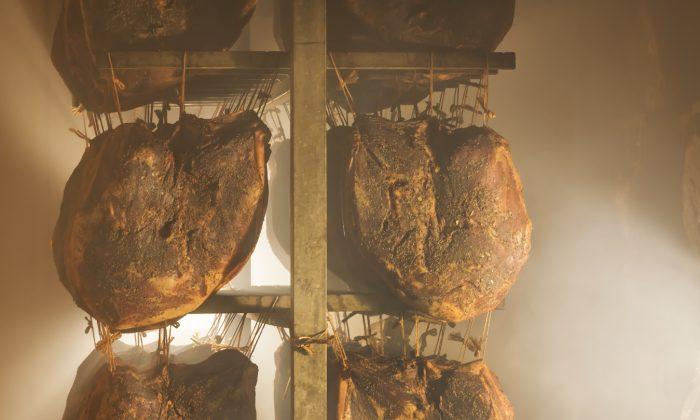
Friends Read Free